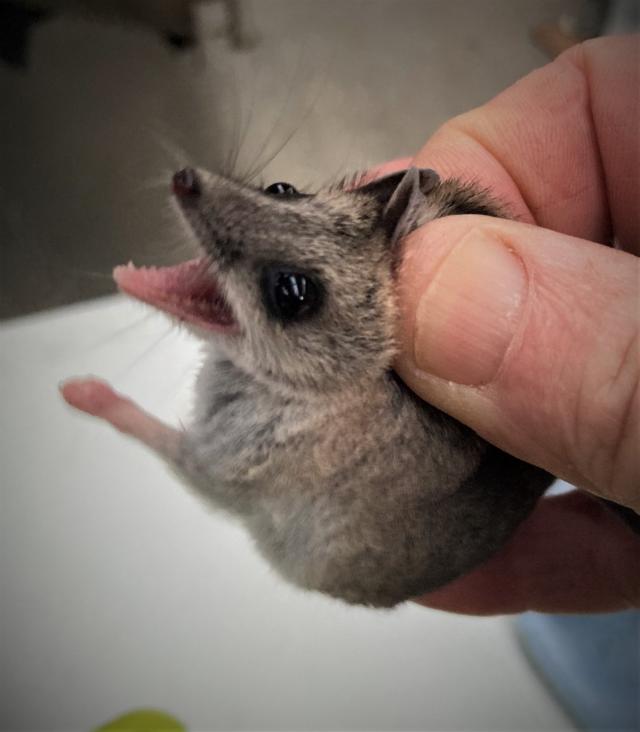
WHAT is believed to be a fat-tailed dunnart has been spotted in Port MacDonnell – the first recorded sighting in five decades.
Port MacDonnell Landcare Group member Drew Laslett was repairing some fences when he spotted what he knew to be a fat-tailed dunnart, an uncommon sight around here.
“They’re very cryptic, and they’re nocturnal, so we really don’t know how many there are, but they haven’t been seen for 40 or 50 years,“ he said.
“They’ve probably always been there, but they’re very hard to find. And many people would actually mistake them for a mouse.
“I was moving some posts for fencing, and then notice them when I was moving the last few and I grabbed one because I’ve seen before – I’ve had experience with them before – so I knew what I was looking at,“ he said.
He said official records from The South Australian Museum and the Department of Environment showed that the last recorded sighting was 50 years ago.
“The official records suggest that 50 years ago was the last sighting of these animals, south of Naracoorte and Robe, but I’ve seen one on another property of ours 40 years ago.
“There could be other people that have seen them, I don’t know, but I thought it was fairly significant and the museum agreed that it was important to see them again.“
He said the native marsupial is often confused with a mouse, as it is very small and similar in shape and he urged locals to look carefully if they think they see something.
“It’s important that people, if they think they have seen mice, just have a second look at these, these little animals who have sort of a pointy nose and they have canine teeth, because they eat insects and worms,“ he said.
“They actually don’t have rodent teeth, like mice, and they also have a pouch and they have pouch young, so they’re an Australian marsupial.
“The important thing is to recognise the difference.“
According to records sourced from the South Australian Museum, 14 specimens in total have been spotted in this part of the South East, with most being from the 1930s and 40s.
There were four from after 1970 and these are: Mount Gambier in 1970, Beachport in 1972, Bool Lagoon pre 1987 and Robe 1986.
Dr Cath Kemper, Honorary Researcher from the SA Museum Mammals team said that it probbaly was a fat-tailed dunnart, but as there was no specimen she could not be 100 per cent sure.
“Regarding the conservation status of fat-tailed dunnarts, there are concerns in Victoria,“ she said.
“Habitat alteration probably more likely to be the issue rather than introduced predators but it could be complex.
“This dunnart copes reasonable well with clearing but it needs rocks and other things to hide under and it needs food source of invertebrates.
“South Australia’s SE probably is following the same pattern but there is very little information.
“More biological surveys are needed targeting the species in the SE and some specimens collected.“
Department of Environment Conservation Ecologist Claire Harding said she was pleased about the find.
“It’s certainly a pretty unusual usual find for our region,“ she said.
“We’ll be in contact with Drew, I think he’s pretty keen to do some monitoring on his property just to get a handle on the population numbers be on his place, so it’d be nice to know how big that population is or how widespread that population is across his property.“







